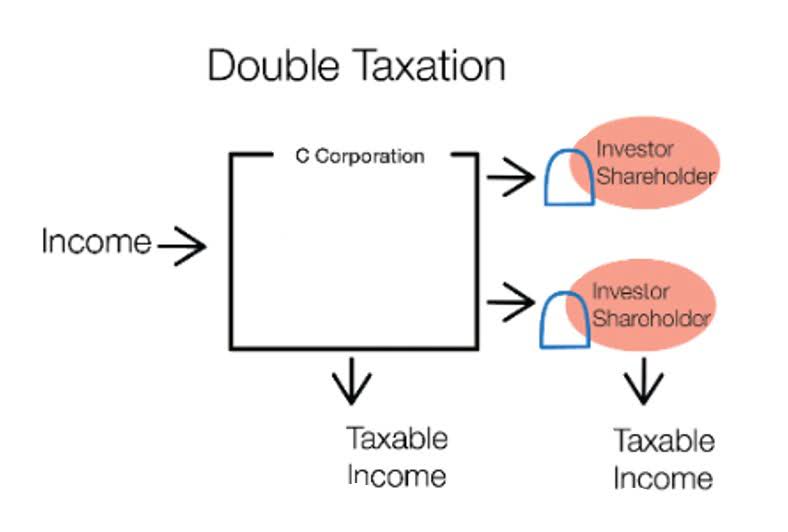Another critical clause is the decision-making process, which details how decisions will be made within the partnership. This can include voting rights, the requirement for unanimous or majority consent, and the delegation of authority for specific tasks. By clearly defining the decision-making process, the partnership can operate more efficiently and avoid potential conflicts. Partners must be aware of the tax implications of liquidating assets and distributing proceeds. This often involves consulting with tax professionals to navigate the complexities of capital gains, losses, and other tax liabilities.
What Are the Three Methods of Accounting for Partnerships?
Together, these financial statements form a comprehensive picture of the partnership’s financial performance, enabling partners to monitor progress, identify trends, and make strategic decisions. Paying interest on capital is a means of rewarding partners for investing funds in the partnership as opposed to alternative investments. As such, it reduces the amount of profit available for sharing in the profit or loss sharing ratio. The double entry is completed partnerships accounts by a credit entry in the current account of the partner to whom the salary is paid. Partners’ salariesIn some ways, the term ‘salaries’ is a misleading description.
Partnership Accounting: Key Aspects and Financial Reporting
The increase in the capital will record in credit side of the capital account. After closing the books it was realized that the Partnership Deed required https://www.bookstime.com/ interest in Capital and Drawings to be provided at 5% p.a. Drawings for the year had been Rs.20, 000 by X, Rs. 16,000 by Y, and Rs.8, 000 by Z, on which Rs.480, Rs.380 and Rs.240 should have been charged for interest.
- The three partners may choose equal proportion reduction instead of equal percentage reduction.
- The dissolution process typically begins with a formal decision by the partners, often guided by the terms outlined in the partnership agreement.
- Partner A owns 50% interest, Partner B owns 30% interest, and Partner C owns 20% interest.
- A credit is applied to the cash account, and a debit is drawn from the partner’s capital account whenever a partner pulls funds or other assets from the business.
- However, there are some key differences that are worth knowing when it comes to crunching the numbers.
- The result is capital balances of the partners at the end of the accounting period.
Importance of Partnership Accounts
After including the profits for the year ended 31st December and dealing with drawings the Capital Accounts of A, B and C stood at Rs.40,000; Rs. 30,000 and Rs. 20,000 respectively. Prepare Profit and Loss Appropriation Account and Capital Accounts of the partners assuming (i) Capitals are fixed and (ii) Capitals are fluctuating. If drawings are made at the middle of each month, the period is 6 months for the total amount. If drawings are made at the end of each month, the period is 5 1/2 months for the total amount.
Mastering Partnership Capital Accounts: Navigating Tax Complexities and Equity Valuations
The Partnership Deed may allow partners to withdraw money or goods from the business to meet their private requirements. To avoid congestion entries in Capital or Current Account, in respect of withdrawals, a separate Drawing Account is opened for each partner. Interest on Capital is usually allowed by an agreement between the partners. The Partnership Act is silent on this point that is, no interest on capital is allowed. Interest on capital is generally allowed on capitals so that the partner who contributes more than the proportionate capitals is properly compensated. Salary or commission to a partner is an appropriation out of profits and not in charge against the profit.
Instead of altering the signed Balance Sheet, it is decided to make an adjusting entry at the beginning of the next year. This account is prepared to distribute profit or loss among the partners. This account show what amount of profit is transferred to partner’s capital Account.
- If a retiring partner withdraws more than the amount in his capital account, the transaction will decrease the capital accounts of the remaining partners.
- To deal with this, make a transfer from one column to another in the tabulated statement.(b) Changes to the profit-sharing arrangements or changes in partnership personnel part way through the year.
- If goodwill is to be retained in the partnership and therefore continue to be recognised as an asset in the partnership accounts, then no further entries are required.
- This can lead to complex tax situations, especially if the partners are in different tax brackets or if the partnership operates in multiple jurisdictions.
- For several years, Theo Spidell has operated a consultingcompany as a sole proprietor.
- Partnerships come in various forms, each with its own legal and operational nuances.
The current account may show credit and debit balance at the end of the year. If they show Credit balances, they https://www.facebook.com/BooksTimeInc/ appear on the liability side of the Balance Sheet of the firm along with Fixed Capitals. If the Current Accounts show Debit balances, they appear on the asset side of the Balance Sheet. The partnership agreement should also include provisions for the admission of new partners and the withdrawal or expulsion of existing partners.





